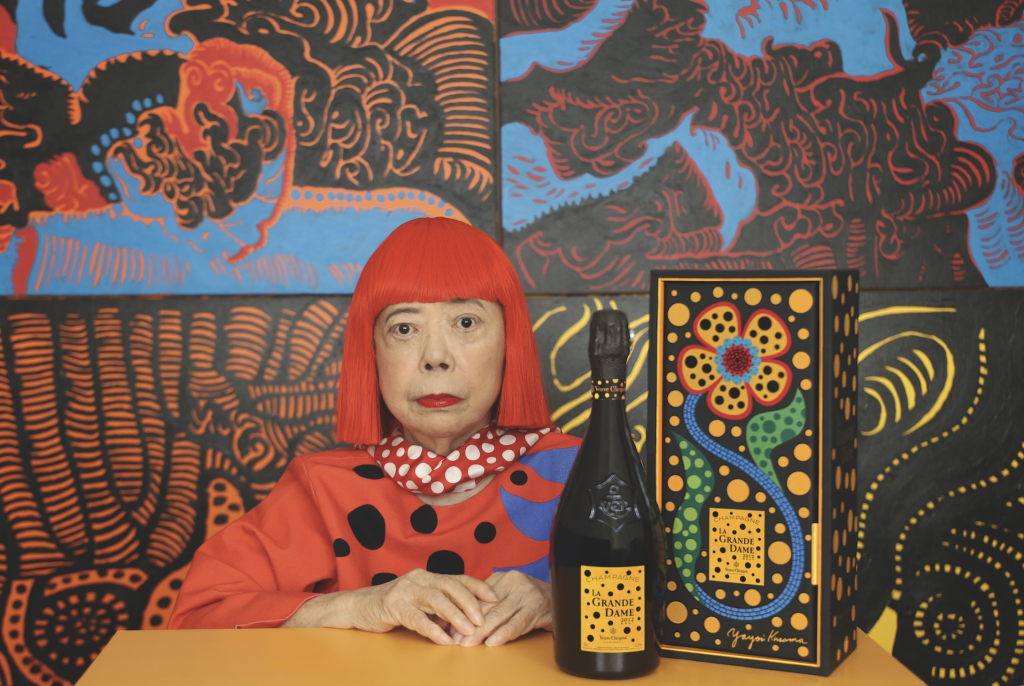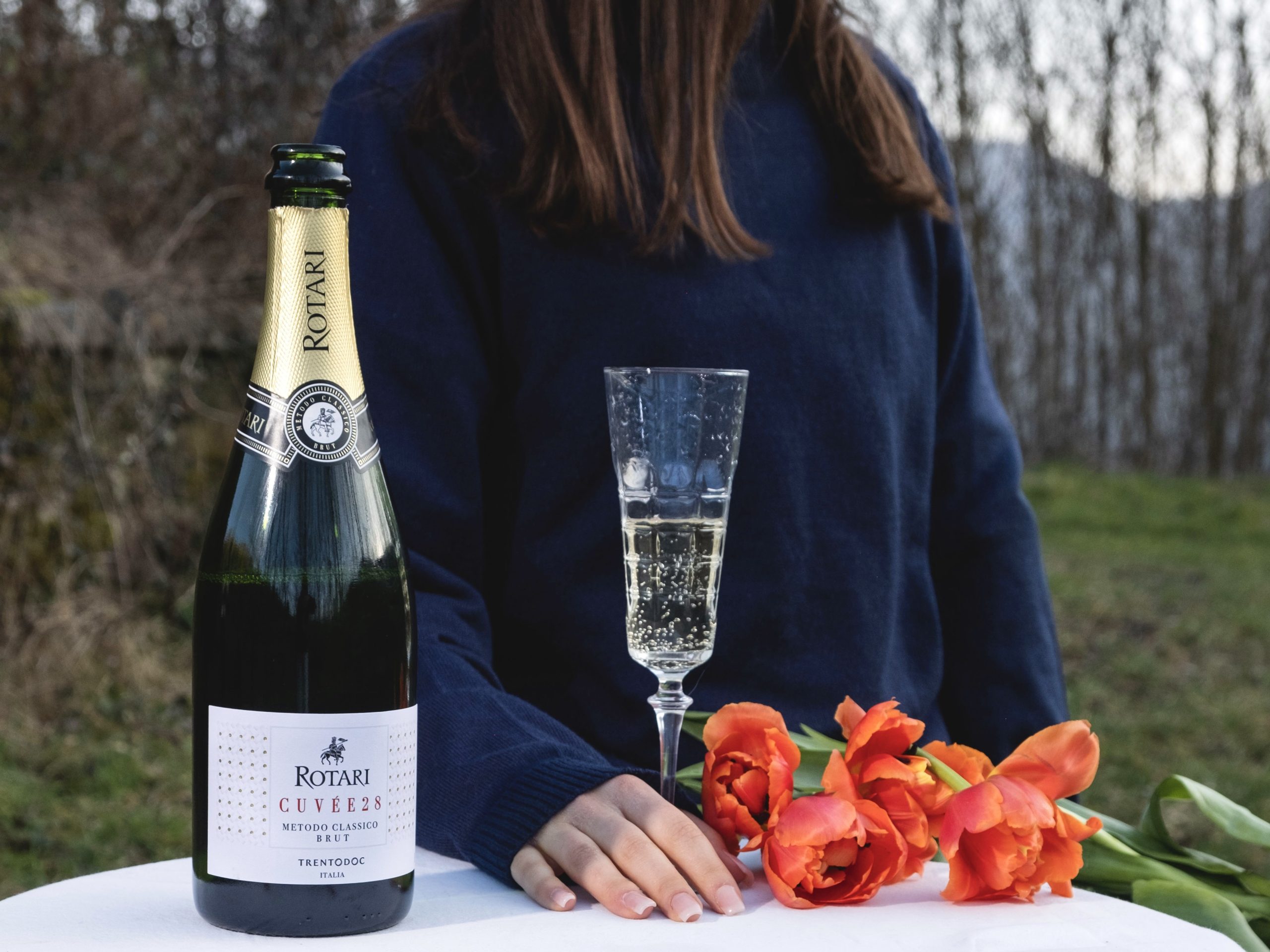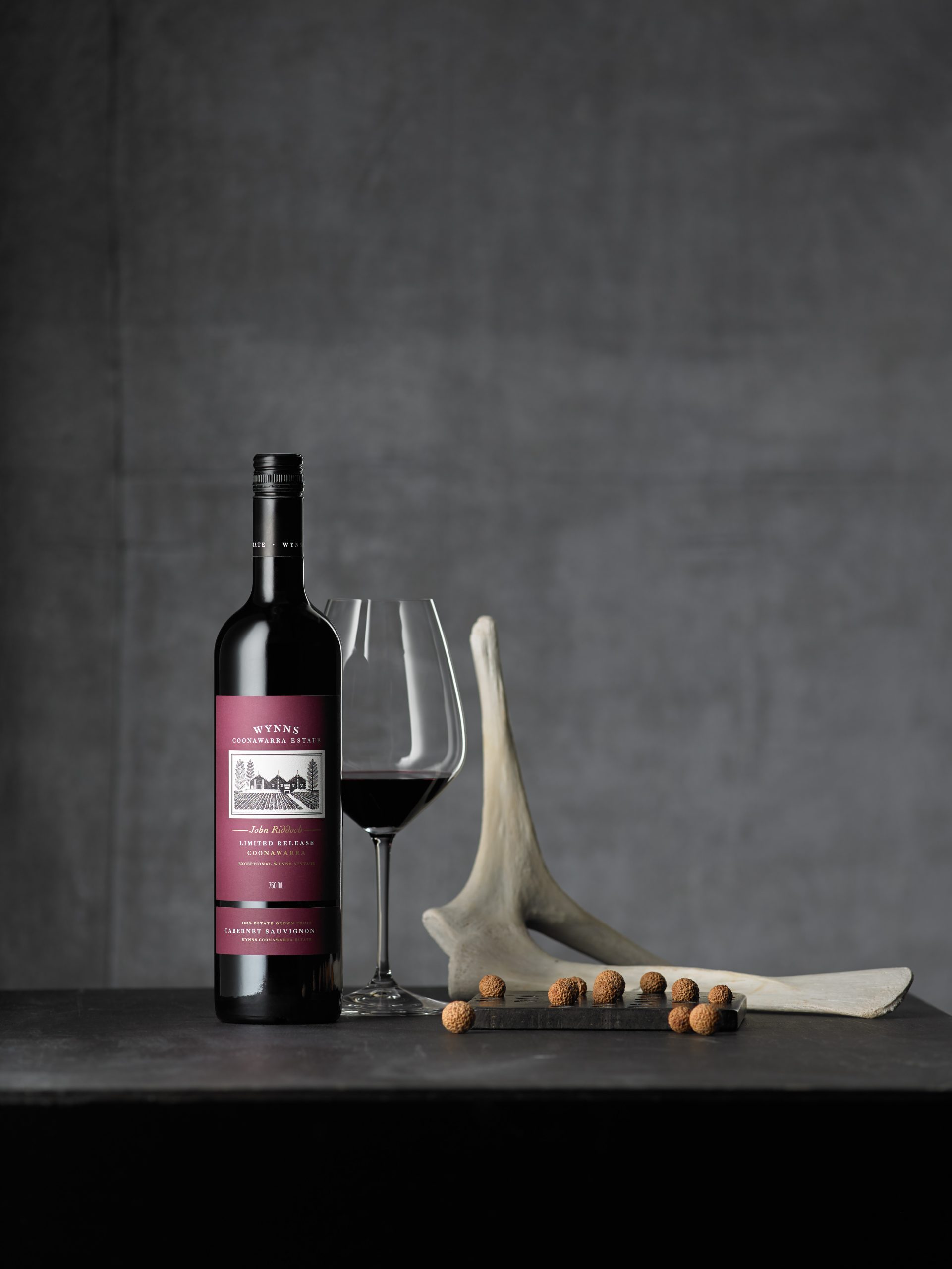‘Wit and playfulness’ needed to super-charge the fine wine and luxury spirit sector
Fine wine and spirit brands need to up their game and tap into a more progressive culture by being more playful and witty in their brand executions or risk remaining behind the cultural curve, a leader marketer has said.

Speaking to db last week, Dave Palmer of creative agency LOVE argues that fine wine and spirits brands need to embrace a more playful aspect to attract new customers, and appeal to collectors.
“Playfulness is really all about accessibility. You really need to surprise and delight your audience,” he said. “And be tactical about trying to drive some kind of brand reappraisal.
There are, he points out, lots of examples of luxury goods companies doing this well – Gucci, Loewe, and Louis Vuitton to name a few.
There are also examples to be found within the drinks industry – he points to the Johnnie Walker Black Director Cut Blade Runner 2049 Blended Scotch Whisky that LOVE worked on with Diageo. It was launched in 2017 to coincide with the sequel of Ridley Scott’s Blade Runner film, and while the limited run sold in two weeks, the empty bottles still sell on eBay for up to $400 a pop (at the time of writing, there were two full bottles available on eBay, being offered for over £1,000 each). “There’s no end to the appetite for well-executed collaborations,” he points out.
Other interesting collaborations he points to include Champagne house Veuve Cliquot’s “brilliantly unexpected pairing” with artist Yayoi Kusama with the limited-edition Veuve Clicquot x Yayoi Kusama La Grande Dame 2012 and the sculpture it inspired, ‘My Heart Blooms in the Darkness of the Night’, the “unexpected” Penfolds’ Rocket gift box, the prestigious Hennessy Paradis Imperial decanter designed by architect Daniel Liebskind and Glenmorangie’s limited edition Dancing Flowers of Glenmorangie, from its collaboration with floral artist Azuma Makoto.
“It is taking Glenmorangie to not only its normal consumers but to new Japanese drinkers and if it’s if it’s cool in Japan, it’s quite cool in China and across Southeast Asia,” he explains. “And Penfolds are smart enough to know that being a fine wine brand from Australia can only take you so far, so they’ve super-charged their thinking in an all out pursuit of becoming a recognised luxury player and very much at the playful end of the spectrum.”
While “fearlessness” and wit of these collaborations is a key component, so too is the execution, he argues.
So what is holding them back?
According to Palmer, one of the biggest barriers to taking these types of bold unexpected moves is the perceived tension between alienating existing consumers and attracting new ones.
“Switching your heritage whiskey brand into a space which is really about playfulness is always going to trigger some nerves about offending an existing consumer base,” Palmer explains. “But when you’re trying to recruit people who aren’t drinking your whisky, then you have to often look outside of whisky altogether.”
The type of collector that often springs to mind (“a chap in red trousers and a cravat,” Palmer notes) is also part of a small and shrinking type of collector – as has been reported in several recent studies.
Nowhere is this more pronounced than in China, he notes, where “old world luxurians who are very male and very status driven” spend a lot of money on whisky alongside “cultural opinion leaders – a new, highly influential gen Z cohort, who engage in luxury brands based on their cultural capital”, he explains.
Partner Content
These days a Penfolds re-corking in Melbourne is as likely to see this new gen Z cohort dressed “head to foot in Balenciaga”, with a collection of 200 Grange bottles they’d had specially flown in as they are an Australian collector who has inherited half a dozen bottles, Palmer explains. “I think we need to radically shift and reframe what ‘a collector’ looks like in our own minds We are not talking about a chap in red trousers and a cravat anymore.”
The new group buys into highly visual, pop-culture driven brand activities – and many progressive luxury brands, such as Gucci or Louis Vuitton have responded to this new consumer/collector. But because heritage is also deeply important to this audience – “they value authenticity highly,” Palmer notes – there is room for drinks brands to tap into this space without abandoning their heritage kudos.
“Any nervous brand-owners reluctant to dilute the equity of their brand by straying too far from the traditional path only need to look at the commercial success of luxury fashion brands such as Loewe and Gucci, and realize that the rewards far outweigh the risks – so long as the execution is perfect,” he points out.
As well as limited edition special editions, there is also an opportunity to the amplify the “sensorial storytelling” around the liquid itself, he notes – to “distil retail in a the way that they wax lyrical about it”. So while not every traveller may have the chance (or time) to go the Scotland distillery or vineyard, there is an opportunity to bring this out in a pop-up or brand activation in travel retail for example.
“You can create a space where people can escape the stress,” he explains, and disrupt the idea of linear retail shelving.
So what needs to be done?
Palmer argues that this kind of progressive thinking doesn’t get there by chance, by listening to a company’s own internal “echo-chamber” or even through consumer marketing. How many focus groups would suggest a heritage whisky brand or fine wine producer should recruit the likes of Pharrell Williams to be their creative director, as LVMH did with their menswear, or an avant-garde floral artist to work with, for example?
“It’s not asking the consumer what they want, but actually knowing intuitively what they’re looking for,” he explains.
Recruitment of new customers therefore lies in recruiting a more progressive culture into the brand itself, he argues, which may entail changes to the culture within the organisation. Drinks brands need to take tips from brands such as Nike who, he says are “completely on point culturally”.
“I would like to see them [drinks brands] pull people in on a recruitment point-of-view that have a broader cultural understanding,” he says. “It’s how they can keep their brands salient and lean on the culture to get that.”
This lends itself to a more diverse mindset, he argues.
“When we say ‘diversity’ we think immediately ethnicity or gender, but we’re not really talking about diversity in terms of people’s exposure to culture,” he explains. “Often internal company machines are like echo chambers, so you get a very traditionalist mindset playing out internally.”
Related news
Castel Group leadership coup escalates
For the twelfth day of Christmas...
Zuccardi Valle de Uco: textured, unique and revolutionary wines




